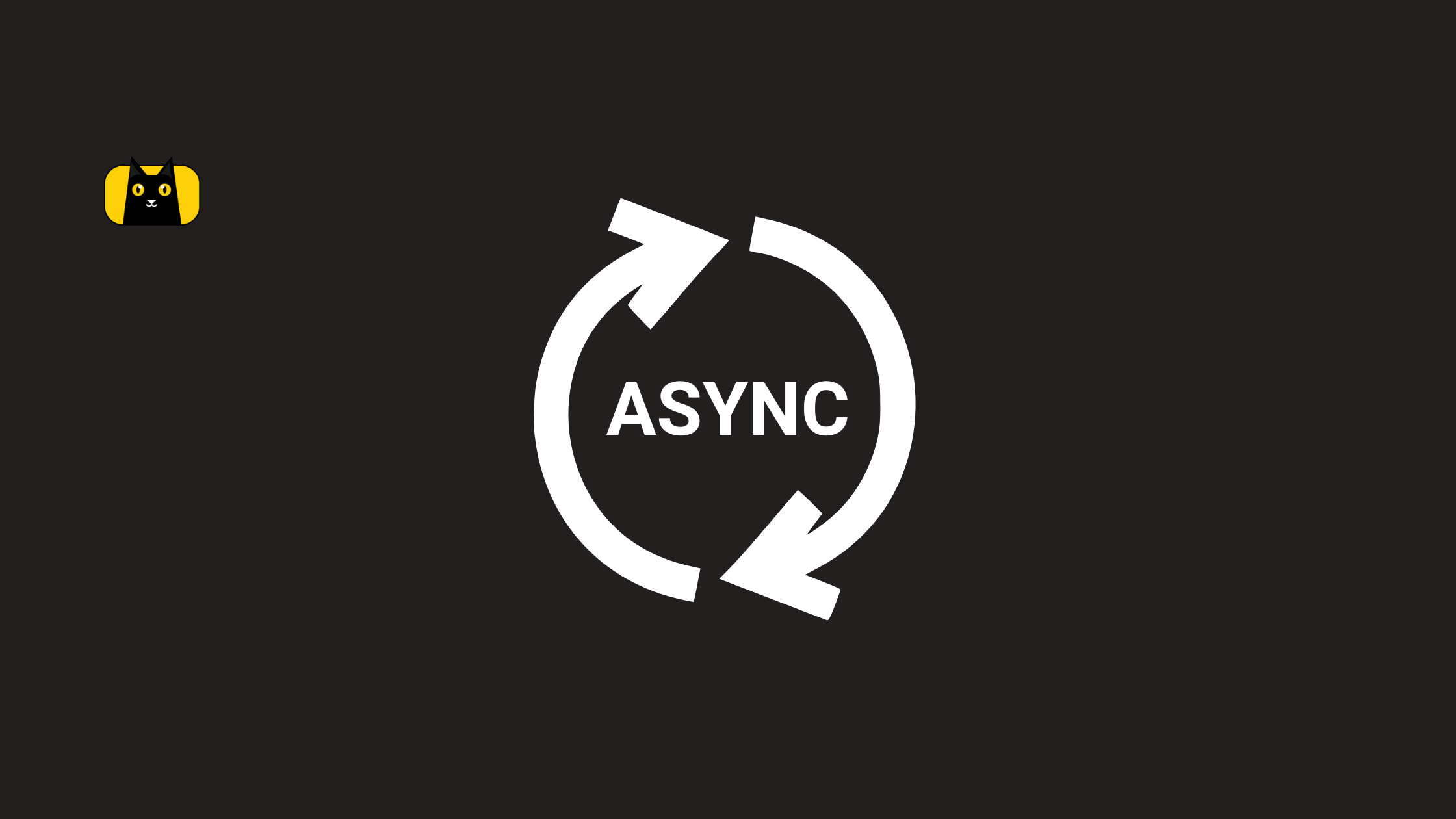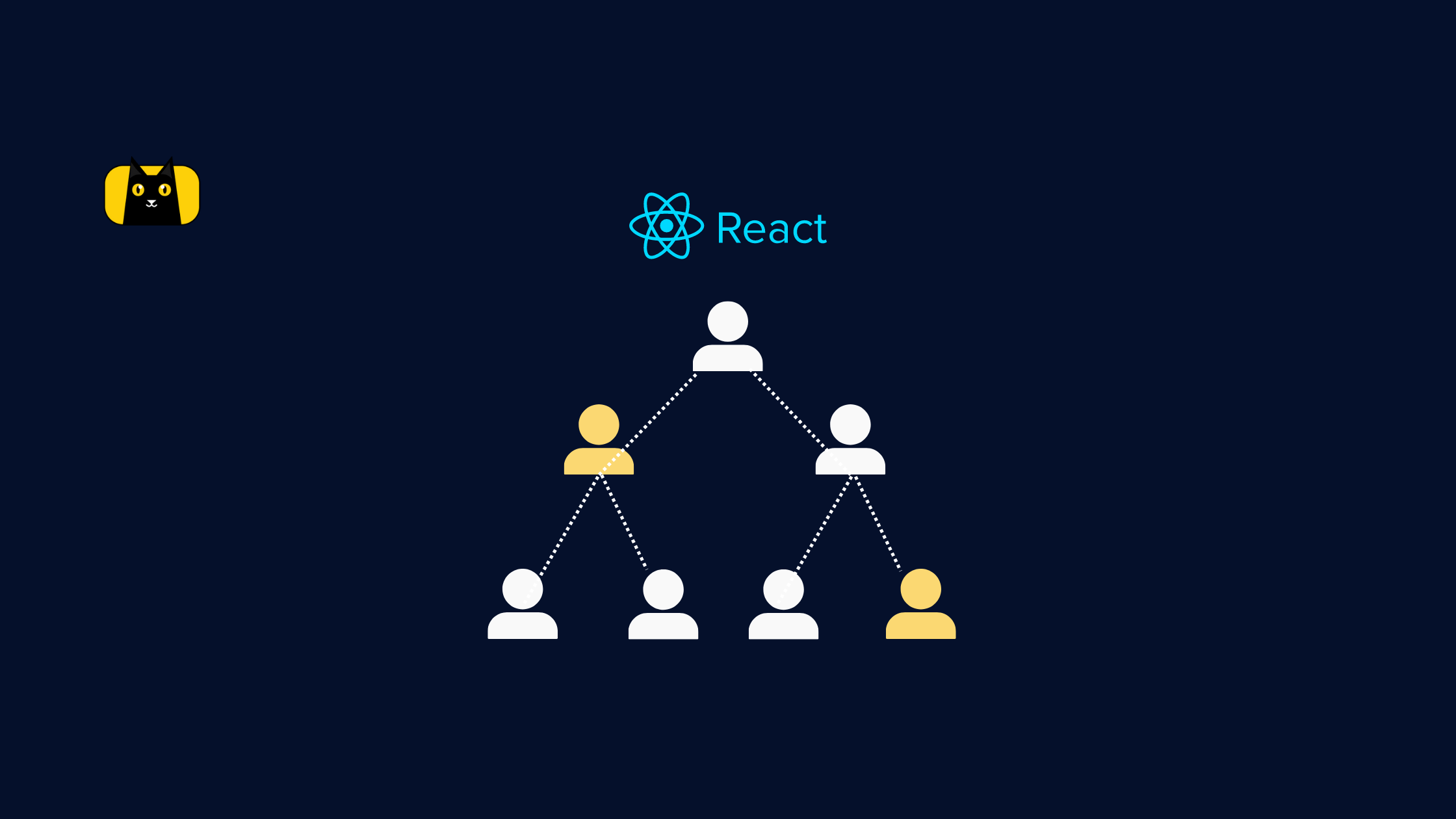Introduction
Setting up a React Project sometimes comes with time-consuming steps, especially when you are a beginner to the React ecosystem. You need to worry about npx, create-react-app, accurate npm version, React associated libraries, etc. However, ReactJs CDN makes your life easier as a developer.
CDN (Content Delivery Network) is a wiser choice when you are just starting with React or have a pre-built website and need to include React Components. As you know, CDNs are handy, and they require minimal setup. They help you get your work started in fewer lines of code. ReactJs CDN is a popular CDN available on React Ecosystem, which allows you to get all the features of ReactJs in your project, especially when you are a beginner. There are many values that ReactJs CDN adds to your work:
- You get to use as little ReactJS as possible without setting up the boilerplate.
- React CDN is so simple that you even can use only a simple React Component for interactivity.
- Most of the websites nowadays are not Single Page Apps. You can easily include the flavor of SPA into your website using CDN ReactJs.
- You can also expand its usage into your website as the App’s complexity grows. CDN ReactJs makes this simple.
How to include a CDN in ReactJS:
Setting up ReactJs CDN into your project is similar to adding any JS script into your Vanilla JS Project. You need to add your CDN script to the index.html file, and then you are all set to go. Before that, there are a few things you need to pay attention to get going with CDN ReactJs. Lets us dive deep into how to include a CDN in ReactJs.
1. Setting up the Project Structure for including CDN in ReactJs
Create a simple Vanilla Project with an HTML file and a JS file.

2. Update your HTML file and include CDN serving scripts.
As you all know, HTML parsing flows from top to bottom, and you can load a JS in between while taking care of sync, async, or defer loading and executing time. All your required dependency and imports for ReactJs should load and complete before your DOM parses, or you will break a few things while on the run.
<!DOCTYPE html>
<html lang="en">
<head>
<meta charset="UTF-8">
<meta http-equiv="X-UA-Compatible" content="IE=edge">
<meta name="viewport" content="width=device-width, initial-scale=1.0">
<title>React CDN</title>
<script crossorigin src="https://unpkg.com/react@17/umd/react.production.min.js"></script>
<script crossorigin src="https://unpkg.com/react-dom@17/umd/react-dom.production.min.js"></script>
</head>
<body>
<div id="root"></div>
<script src="./index.js"></script>
</body>
</html>
In the code snippet above, two primary and least required ReactJS CDNs are imported into the project in the form of scripts.
- ReactJS production minified javascript.
- React DOM Production minified javascript
But, the above code will not work because your JSX will not transpile to normal JS which the browser can understand. For that we need Babel.
<!DOCTYPE html>
<html lang="en">
<head>
<meta charset="UTF-8">
<meta http-equiv="X-UA-Compatible" content="IE=edge">
<meta name="viewport" content="width=device-width, initial-scale=1.0">
<title>React CDN</title>
<script crossorigin src="https://unpkg.com/react@17/umd/react.production.min.js"></script>
<script crossorigin src="https://unpkg.com/react-dom@17/umd/react-dom.production.min.js"></script>
<script src='https://unpkg.com/babel-standalone@6.26.0/babel.js'></script>
</head>
<body>
<div id="root"></div>
<script src="./index.js" type="text/babel"></script>
</body>
</html>
Then the question would come why would you need these three as least ones. And why do you need Babel here? You need ReactJS CDN to load your React and Components into the ReactJs ecosystem. You need ReactDOM to render your Components in the DOM Tree, and you need Babel to transpile your JSX to simple JS so that all the browsers can read them.
3. Creating a simple ReactJS Component:
Component creation using ReactJs as CDN changes nothing with how you usually develop them. You can create a class or functional component in the same way you do when using ReactJs using npm.
const ReactAppFromCDN = ()=>{
return (
<div>My React App with CDN</div>
)
}
ReactDOM.render(<ReactAppFromCDN />, document.querySelector('#root'));
In the above code snippet, a simple ReactJs functional component is created. As you can see, you need ReactDOM to render this component to the specified selector you have so that you can add this component to your DOM Tree.
5. Import Bootstrap CDN css to ReactJs :
It is very obvious that you have to develop good looking cosmetic changes to your Application. Importing bootstrap CDN css to ReactJs can be done in the same way you did the import for the ReactJs global imports.
Add the below script into your HTML code to get started with ReactJs Bootstrap.
<script
src="https://unpkg.com/react-bootstrap@next/dist/react-bootstrap.min.js"
crossorigin></script>
You can also include simpleBootstrap into your project as well.
<link
rel="stylesheet"
href="https://cdn.jsdelivr.net/npm/bootstrap@5.1.3/dist/css/bootstrap.min.css"
integrity="sha384-1BmE4kWBq78iYhFldvKuhfTAU6auU8tT94WrHftjDbrCEXSU1oBoqyl2QvZ6jIW3"
crossorigin="anonymous"
/>
Use Material UI with ReactJs to get the cosmetic changes done in the right way.
<script
src="https://unpkg.com/@mui/material@latest/umd/material-ui.development.js"
crossorigin="anonymous"
></script>
6. What all CDNs you can use for ReactJs?
While there are many CDNs available, you will need them depending on your requirements. For example, you need React Router DOM to use routing in your project.
Lets us see what all CDNs you can use for ReactJs.
| Purpose | CDN |
| React Routing | <script src=’https://unpkg.com/react-router-dom@5.0.0/umd/react-router-dom.min.js‘></script> |
| JSX Runtime method importing | <script src=”https://cdnjs.cloudflare.com/ajax/libs/react/18.0.0-rc.2-next-2bf7c02f0-20220314/cjs/react-jsx-dev-runtime.production.min.js” integrity=”sha512-2dbLjJG+LUX3BS82pzXpQEVXHukNjWFkD6rYjJt675TdOFRbh+mkPqeEKZAtH/Ded+FWLv3z4pmLP6queUWLIQ==” crossorigin=”anonymous” referrerpolicy=”no-referrer”></script> CODE SNIPPET 8 |
| React Profiling | <script src=”https://cdnjs.cloudflare.com/ajax/libs/react/18.0.0-rc.2-next-2bf7c02f0-20220314/umd/react.profiling.min.js” integrity=”sha512-/URNroZqh13SGW/RmRyEFuetaq42N5YQ1RFtocUrwqVd5PW8RoCwS8jDAGJ+iMiFoXsIi5PgTNT7VTGrj9a2kQ==” crossorigin=”anonymous” referrerpolicy=”no-referrer”></script> CODE SNIPPET 9 |
Things you need to take care of while using ReactJs CDN:
You need to take care of the following while using ReactJS CDN to run it without any issues:
You should have a cross-origin attribute when using any CDN ReactJs.
<script crossorigin src="https://unpkg.com/react@17/umd/react.production.min.js"></script>
You should also verify if your Response Headers from the CDN endpoint appending have an access-control-allow-origin key set to ‘*. This header key will help you have better error handling experience in ReactJs 16 and later.

- Another essential step you need to take is setting up your type property in each component’s JS file to text/babel. Setting the type attribute to this value will help Babel transpile your JSX to simple Javascript.
While using ReactJS CDN is very easy, you need to look into certain factors. The idea is not to use the CDN available from any serving network. It would help if you always consider the below items:
1. Performance the CDN offers:
Performance is a crucial aspect for any end-user using your application. The CDNs you are using should have the technical capability to optimize your application and lessen your loading times. You should always check how fast the CDN sends responses and whether it allows you to have cache purging instantly, easy file uploading if necessary, and have real-time analytics regarding your web traffic.
2. Is the CDN Reliable?
Well, this is very important. Your CDN should always keep running at an optimal speed because your entire application depends on that when you are setting your ReactJs Application to production. While handling thousands of requests from the users, there are cases where the CDN stops responding to you back.
3. What Security benefits are you getting from the CDN?
You should always check whether your CDN has sufficient tools to mitigate DoS attacks and protects data against cyberthreats and phishing. It should have a reliable protocol that provides end-to-end security to users’ data.
4. Whether the CDN provider offers all supports and services:
Your CDN should provide you with 24*7 customer service over the phone or by email. They should be able to understand your queries and get them resolved in real-time.
5. Costs:
Cost depends on application usage. Usually, most CDNs are free of cost, but if you use them for a large scale of users, they charge you particular money based on subscription. It would be best if you also took care of them while using CDNs.
Summary
In summary, CDN ReactJs offers you a faster development environment, and it comes in very handy when you are developing a backend app by serving HTML files. You need to hook up a few React Components within your project. One can use them to kick start their journey with ReactJs and can learn them without taking care of too many setups. For more insights, you can follow along with this youtube link to get started with ReactJs CDN. If you want to convert Figma designs to code, check out CopyCat.
I hope this blog has helped you get better insights into ReactJs CDN. You have learned some key factors while using them.
Interesting Reads From Our Blogs
- Create Responsive, Component-Based UI Elements Like a Pro with Reactjs Bootstrap
- Enhance Your Application Performance With React useref
- React Query Tutorial: Getting Started w/ Examples







